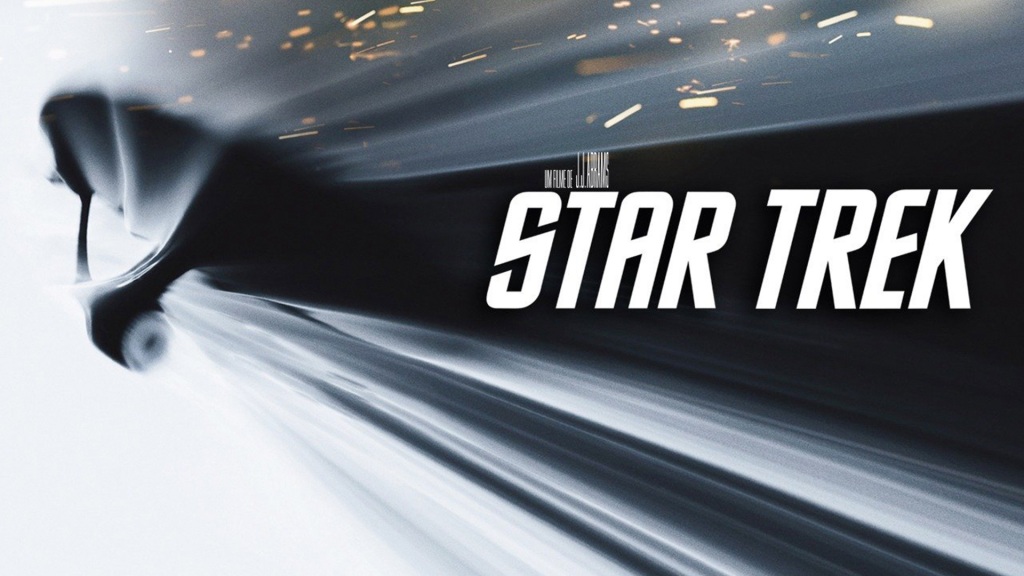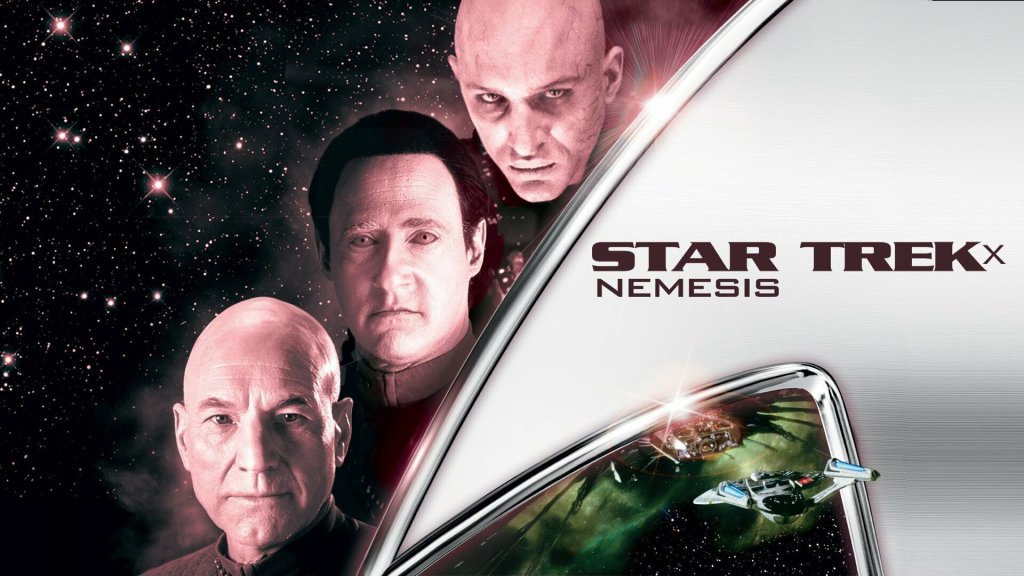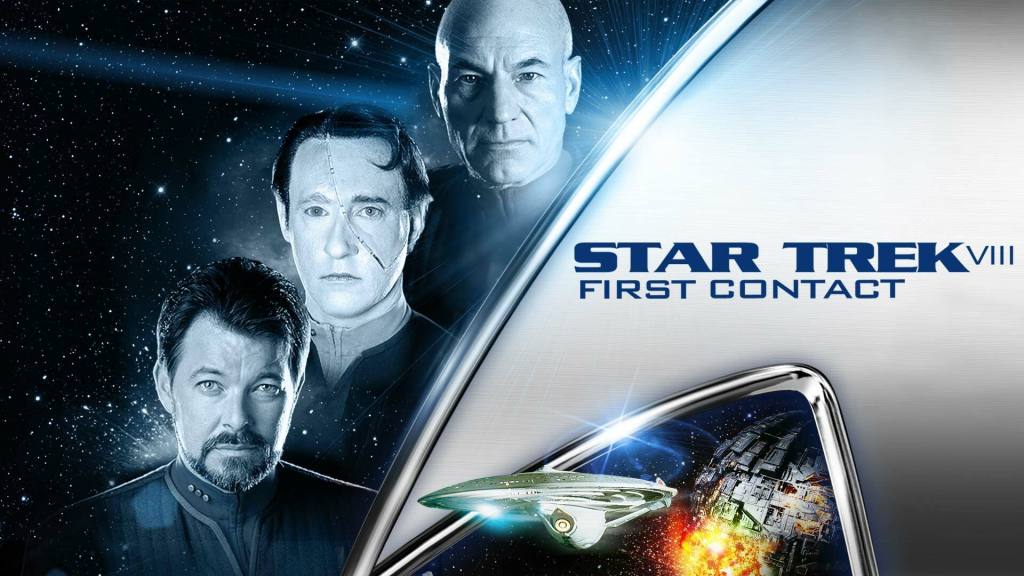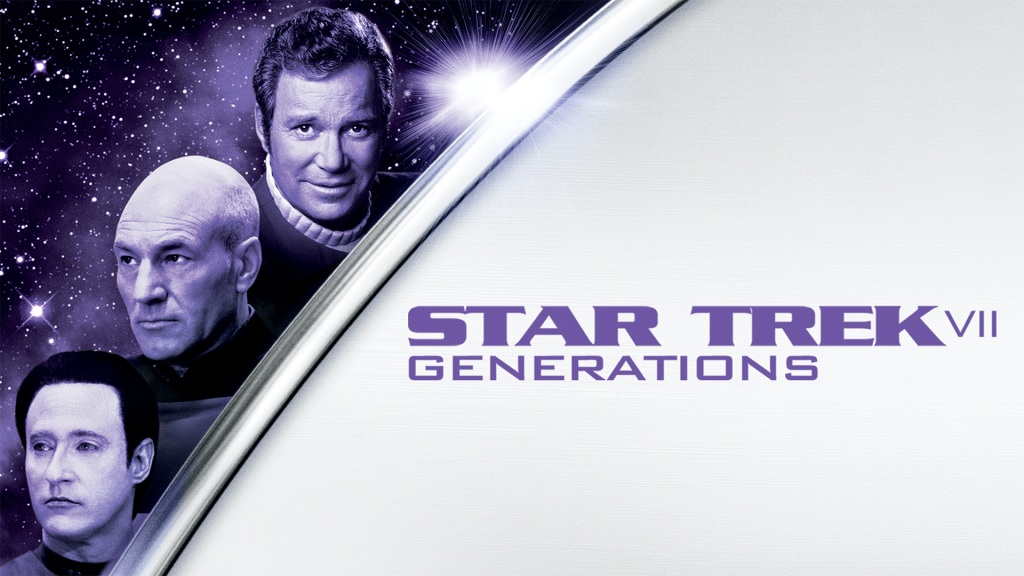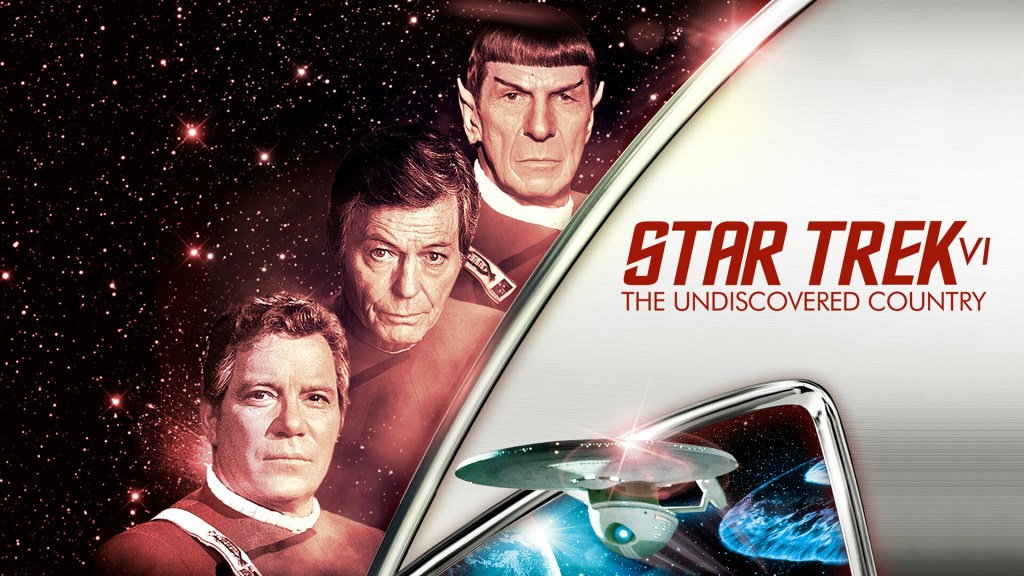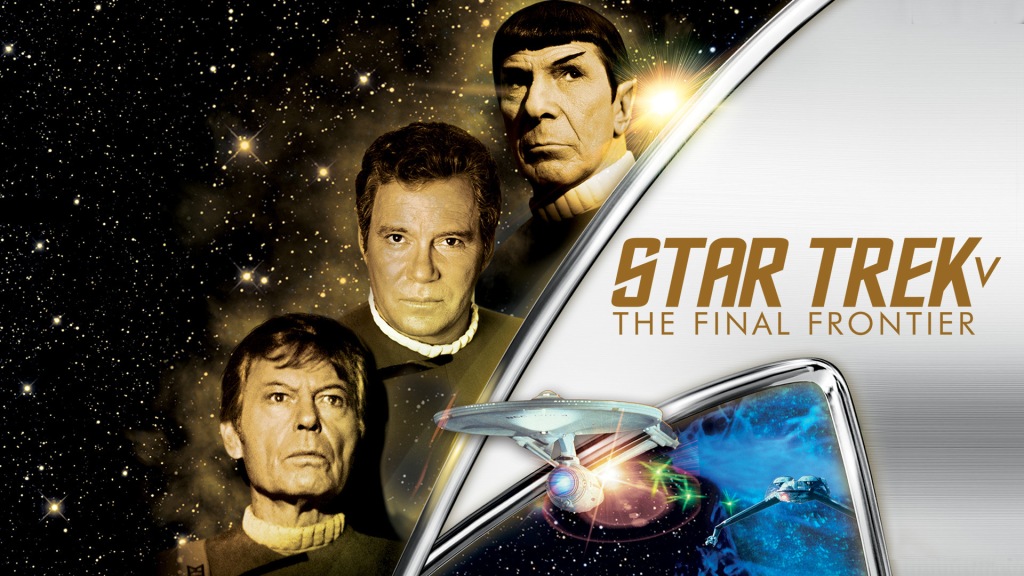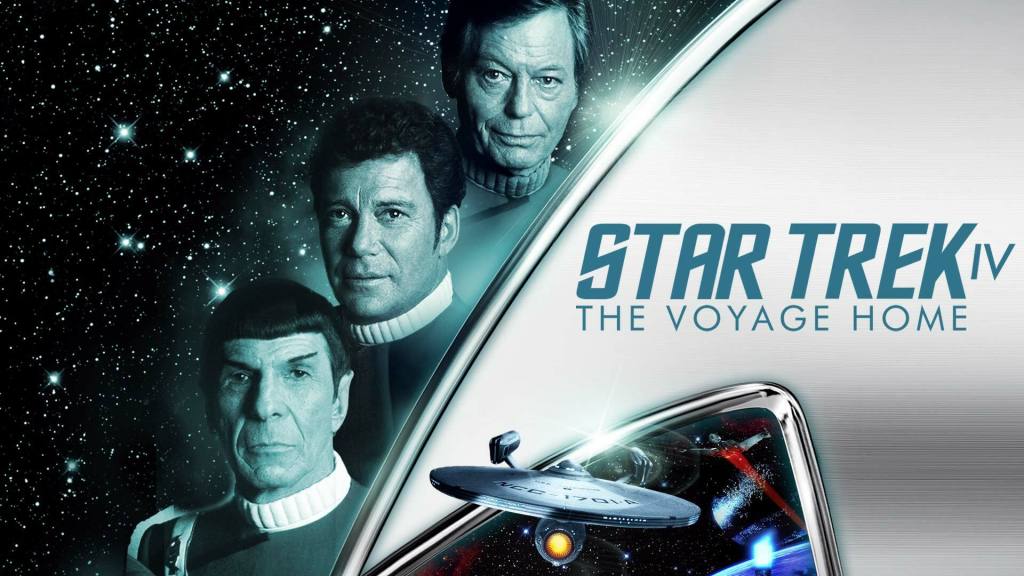
Star Trek Beyond is a 2016 American science fiction action film directed by Justin Lin, written by Simon Pegg and Doug Jung, and based on the television series Star Trek created by Gene Roddenberry. It is the 13th film in the Star Trek franchise and the third installment in the reboot series, following Star Trek (2009) and Star Trek Into Darkness (2013). Chris Pine and Zachary Quinto reprise their respective roles as Captain James T. Kirk and Commander Spock, with Pegg, Karl Urban, Zoe Saldana, John Cho, and Anton Yelchin reprising their roles from the previous films. This was one of Yelchin’s last films; he died in June 2016, a month before the film’s release. Idris Elba, Sofia Boutella, Joe Taslim, and Lydia Wilson also appear.
Principal photography began in Vancouver on June 25, 2015. The film premiered in Sydney on July 7, 2016, and was released in the United States on July 22, 2016, by Paramount Pictures. The film is dedicated to the memory of Yelchin, as well as to actor Leonard Nimoy, who died during pre-production. The film grossed $343.5 million at the box office, and received positive reviews with praise for Lin’s direction, the acting, action sequences, musical score, visual effects. At the 89th Academy Awards, the film was nominated for Best Makeup and Hairstyling.

